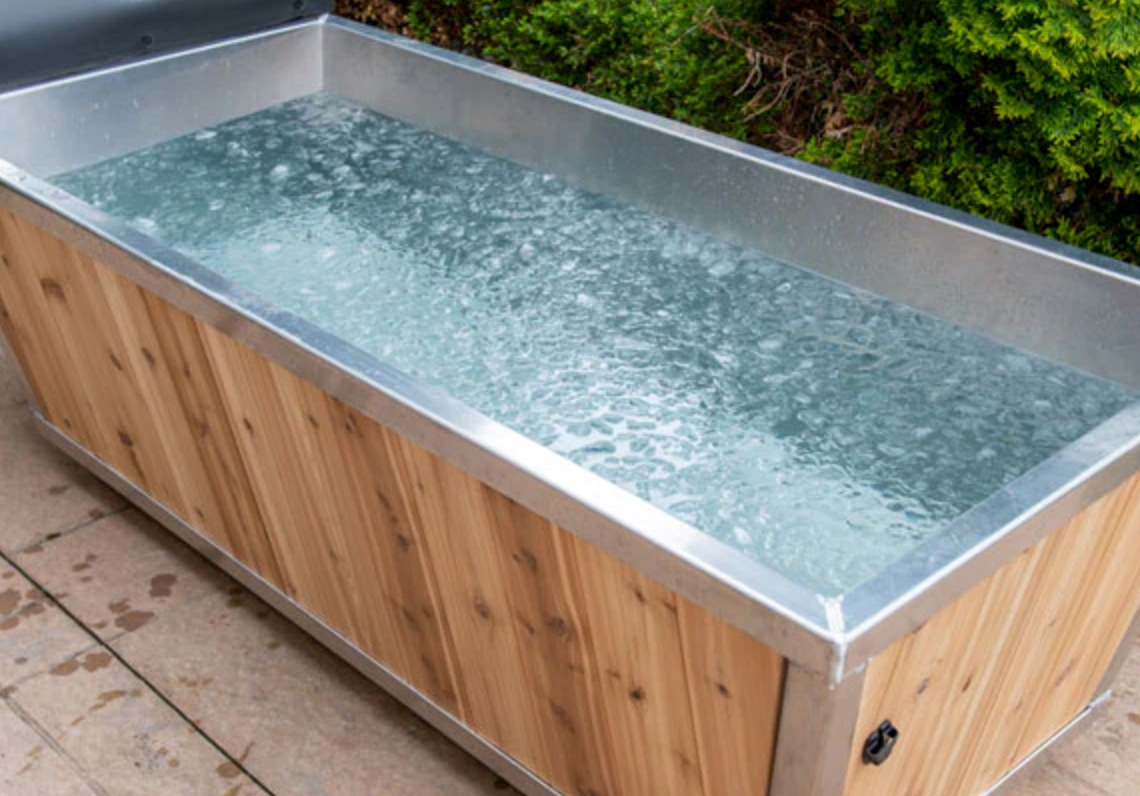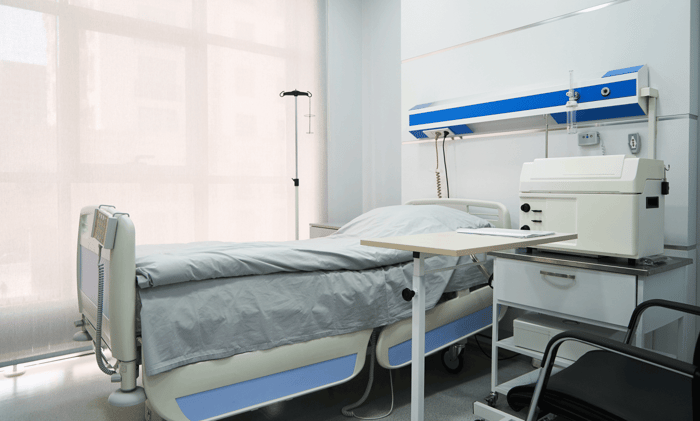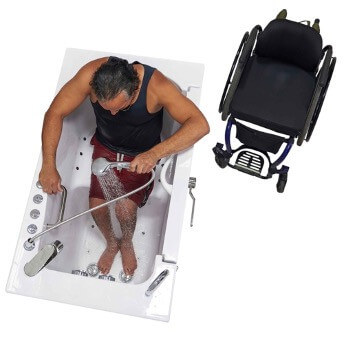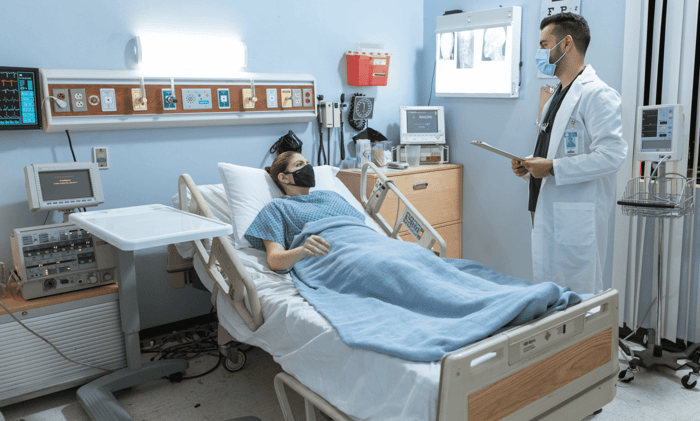Hospital Beds: More Than Just a Place to Rest
Hospital beds are an integral part of the healthcare system. They're not just places where patients lie down; they're specially designed to provide comfort, safety, and therapeutic benefits. From adjustable positions to built-in side rails, these beds are tailored to meet the unique needs of hospitalized patients.
In this article, we'll delve deep into the world of hospital beds, exploring their features, types, and the crucial role they play in patient care.
The Evolution of Hospital Beds
In the early days, hospital beds were little more than standard beds with minimal features. However, as medical science advanced, so did the design and functionality of these beds. Today's hospital beds are the result of years of research and innovation, designed to cater to both patient comfort and medical necessity.
● Historical Perspective: The first hospital beds were rudimentary, made of wood, and lacked adjustability. Over time, with the advent of technology and a better understanding of patient needs, metal beds with adjustable features were introduced. These changes not only improved patient comfort but also made it easier for healthcare professionals to provide care.
● Modern Advancements: Today, hospital beds come equipped with electronic controls, allowing for easy adjustments to bed height, head, and foot angles. Some even have built-in scales, therapeutic air mattresses, and other advanced features. These innovations have significantly improved patient outcomes and have revolutionized the way care is provided.
Types of Hospital Beds and Their Features
There are several types of hospital beds available, each designed for specific patient needs and medical conditions.
● Manual Beds: These are the most basic type and require physical effort to adjust. They're typically less expensive and are suitable for patients who don't need frequent position changes.
● Electric Beds: These beds are operated with a push of a button, allowing for easy adjustments. They're ideal for patients with mobility issues or those who require frequent position changes.
● Bariatric Beds: Designed for heavier patients, these beds are wider and more durable. They come with special features to ensure the safety and comfort of bariatric patients.
● Low Beds: Specifically designed for patients at risk of falling, these beds are closer to the ground. They often come with floor mats to minimize injury in case of a fall.
● ICU Beds: These are the most advanced type, equipped with numerous features like cardiac telemetry, built-in scales, and respiratory monitors. They're designed for critically ill patients who need constant monitoring.
The Role of Hospital Beds in Patient Care
Hospital beds play a pivotal role in ensuring patient safety, comfort, and recovery. Their design and features directly impact the quality of care a patient receives.
● Comfort and Support: With adjustable features, hospital beds can be tailored to provide optimal comfort for each patient. This is crucial, especially for those who spend extended periods in bed.
● Facilitating Medical Procedures: The adjustability of hospital beds makes it easier for medical professionals to conduct examinations, perform procedures, and provide care. For instance, raising the bed can help with wound dressing, while tilting can assist with certain types of therapy.
● Safety: Features like side rails prevent patients from falling, while easy-to-use controls allow patients to adjust the bed for comfort without straining themselves.
What to Consider Before Acquiring a Hospital Bed

● Purpose and Duration: Before investing in a hospital bed, it's essential to determine the primary purpose. Is it for short-term recovery, long-term care, or a specific medical condition? Understanding the duration of use can also guide your decision. For instance, renting might be more feasible for short-term needs, while purchasing could be more economical for long-term use.
● Available Space: Hospital beds, especially electric or bariatric ones, can be bulky. Measure the available space in your home to ensure the bed fits comfortably, with enough room for caregivers or medical equipment if needed.
● Features Needed: Not all hospital beds are created equal. Some come with advanced features like built-in monitors or therapeutic mattresses. List down the essential features you need, keeping in mind the patient's medical condition and comfort.
Who Should Consider a Hospital Bed at Home?
● Patients with Mobility Issues: Those who find it challenging to get in and out of standard beds can benefit significantly from adjustable hospital beds. With the touch of a button, they can raise or lower the bed, making transfers smoother.
● Individuals Needing Long-Term Care: Patients recovering from surgeries, chronic illnesses, or those with degenerative diseases might need extended bed rest. A hospital bed at home can provide them with the necessary comfort and support.
● Elderly Individuals: As we age, our needs change. The elderly might find hospital beds more comfortable and safer, especially with features like side rails to prevent falls.
Benefits of Having a Hospital Bed at Home
● Improved Patient Comfort: Hospital beds are designed to offer optimal comfort, especially for those confined to bed for extended periods. Their adjustability can help alleviate pain and pressure points.
● Enhanced Safety: With features like side rails, low height settings, and lockable wheels, hospital beds can significantly reduce the risk of injuries at home.
● Facilitates Home Care: For caregivers, having a hospital bed can make tasks like feeding, changing, or administering medications much more manageable. The adjustable height and angles can also aid in wound care or physiotherapy sessions.
With these considerations in mind, individuals and families can make informed decisions about acquiring a hospital bed. Whether for recovery, comfort, or long-term care, a hospital bed can significantly enhance the quality of life for patients at home.
Conclusion
Hospital beds, while often overlooked, are fundamental to the healthcare system. They've come a long way from their rudimentary beginnings, evolving into sophisticated pieces of medical equipment that significantly impact patient care.
Whether it's providing comfort, facilitating medical procedures, or ensuring patient safety, hospital beds play a crucial role in the recovery and well-being of patients. As medical science continues to advance, we can only expect these beds to become even more integral to patient care.
Discover the Best in Patient Comfort
Experience unparalleled comfort, safety, and convenience with our range of hospital beds. Whether you're looking for short-term solutions or long-term care, Nurture Mobility has the perfect bed tailored to your needs.
🛏️ Shop Now at NurtureMobility.com 🛏️
Invest in the best for your loved ones. Choose Nurture Mobility for quality, durability, and peace of mind. Don't compromise; elevate your care standards today!













